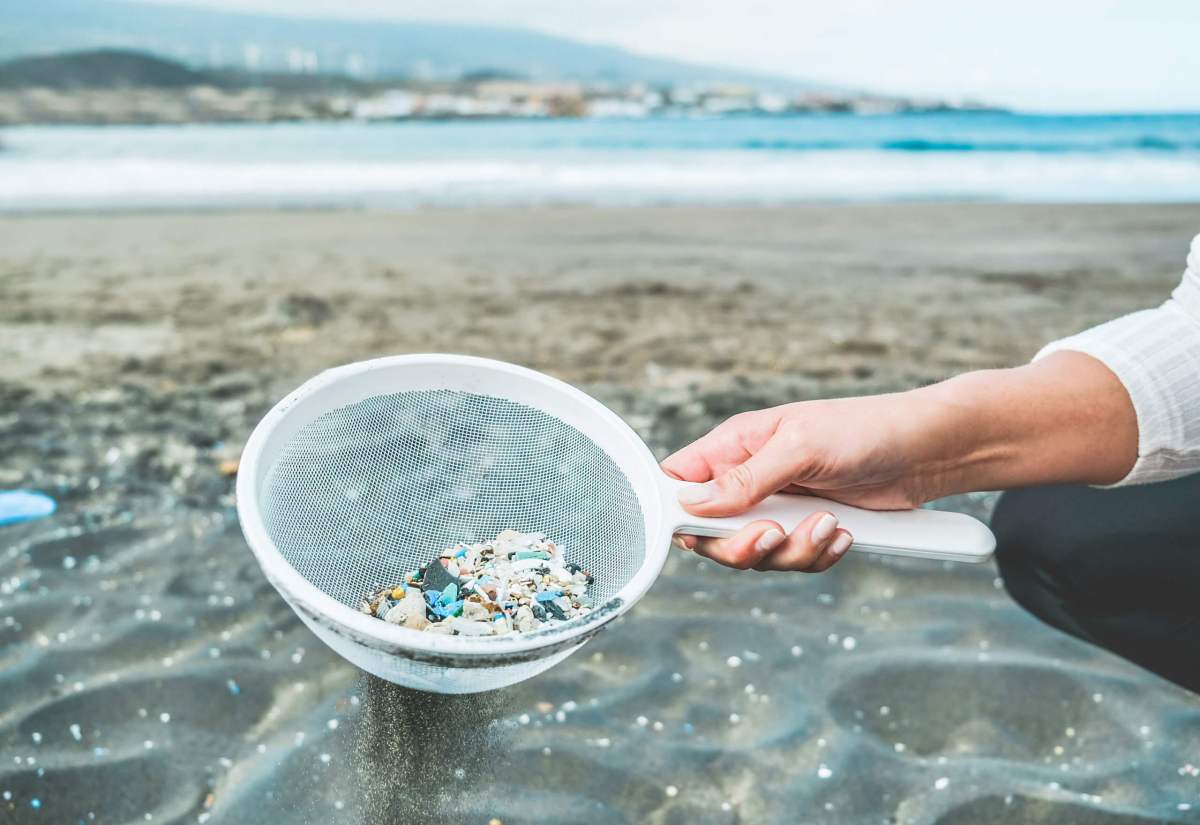Human exposure to microplastics and nanoplastics is unavoidable, but what does this mean for our health? Among marine life and mammals, researchers suggest that microparticles and nanoparticles are able to reach the brain, but minimal information is available on just how toxic these particles can be.
The consequences of plastic debris are inevitable. By means of inhalation, ingestion, and skin contact, all walks of life are exposed to toxic plastic particles that our bodies cannot break down. Humans encounter microplastics every day in plastic packaged foods and liquids, in microbeads of cosmetics and toothpaste, and in the unfiltered air we breathe. The overwhelming amount of plastic we consume warrants a closer look into the dangers of plastic in our bodies.
Nanoplastics have been found in the brains of adult fish, which indicates that they are small enough to cross the blood-brain barrier, whose function is to filter what substances can enter the brain. With microplastics’ and nanoplastics’ potential to enter our brains, scientists worry about what this means for our health.
Recent data suggest that exposure to microplastics and nanoplastics can have several damaging impacts on animal studies. Exposure to these pollutants can influence the enzyme acetylcholinesterase (AChE), which affects our nervous system, as well as changes in behavior. This also has considerable implications, including cellular damage, and may contribute to a higher risk of developing various diseases such as Alzheimer’s, Huntington’s, and other neurodegenerative conditions in humans.
Existing literature suggests that the toxicity of microplastics and nanoplastics varies, based on animal species, their size and abundance, and the length of exposure. The amount of plastic particles humans inhale, ingest, and consume is unknown but is thought to be increasing rapidly with more plastics used across the globe.
As far as the size of particles is concerned, the smaller particles are, the more neurotoxic they become, possibly because they can more easier pass into the brain. This may not be the case when these nanoplastics accumulate, as one study showed that over time, nanoplastics quickly increase in size and larger particles have demonstrated the potential to produce more toxic effects. Therefore, the longer they are in our bodies, the more dangerous they become.
Even without sufficient research, the hazard microplastics pose for human health is formidable. We come into contact with numerous types of plastics, often meant for single use, each and every day. Recently, the annual production of plastics rapidly increased from 250 million tons in 2009 to 335 million tons, just seven years later in 2016. Humans, on average, consume the weight of a credit card of microplastics each week. Are we suffocating our brains in plastic?
This is an issue that isn’t going anywhere. Precautionary actions should be taken to minimize further contamination and the spread of these plastic particles into our environment, and into our bodies.
Jessica O’Connor is a graduate student at Stony Brook University.

































